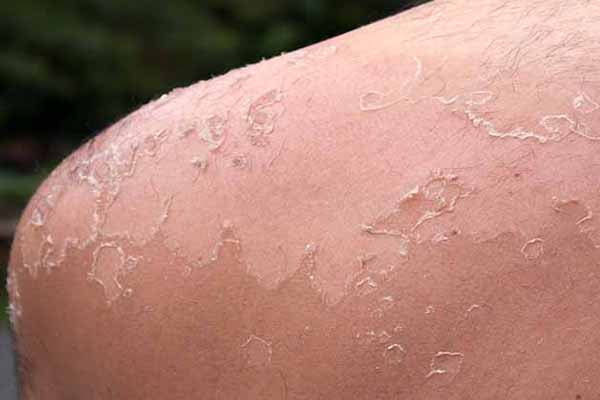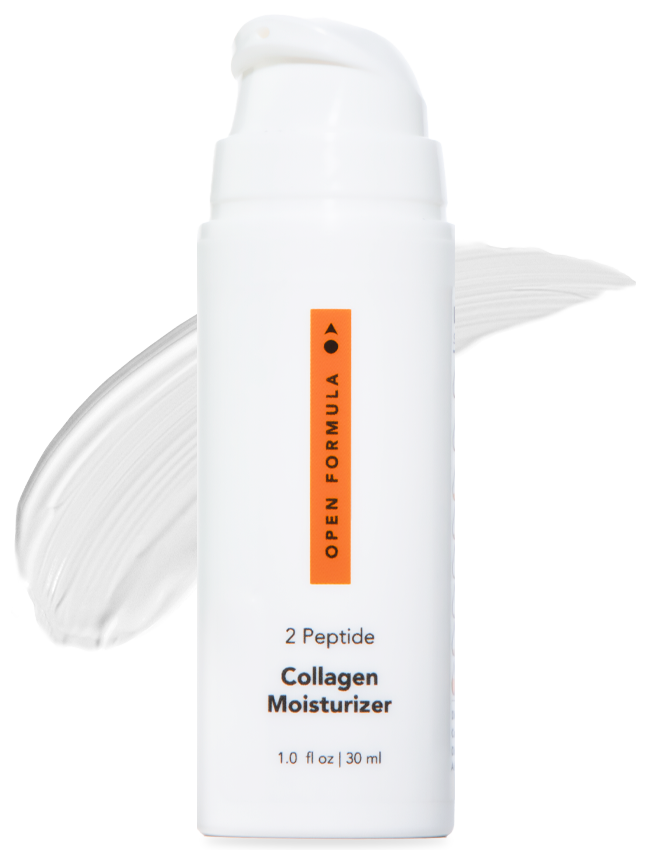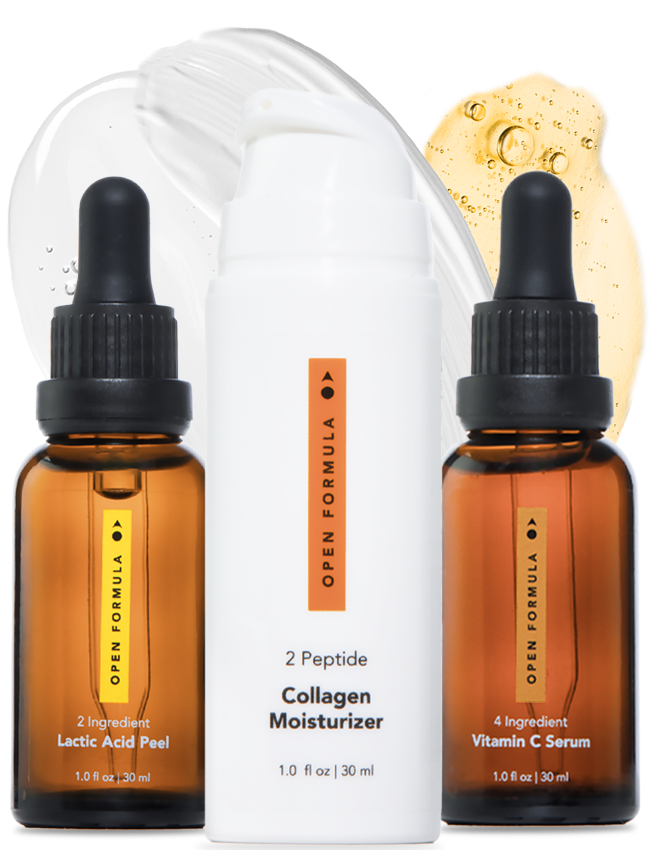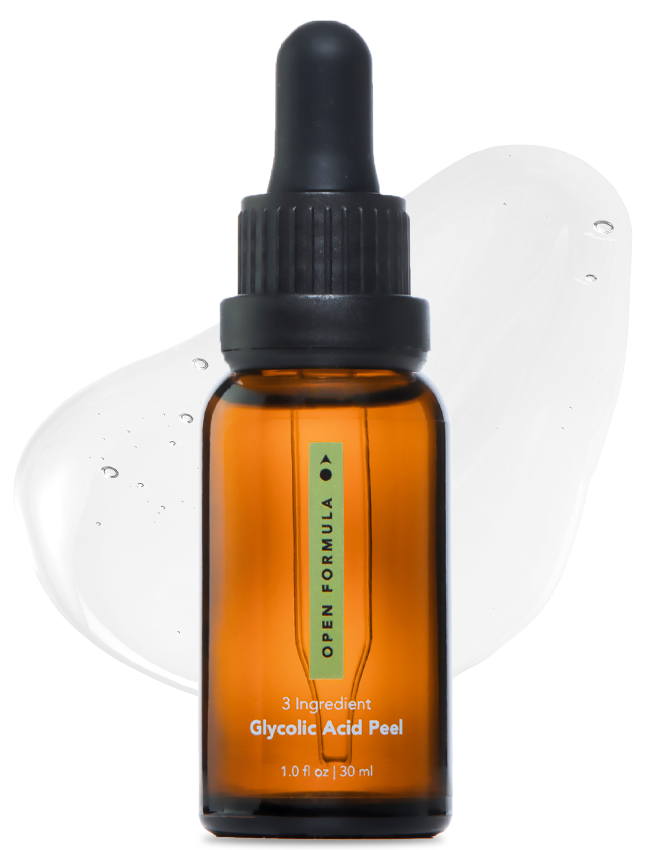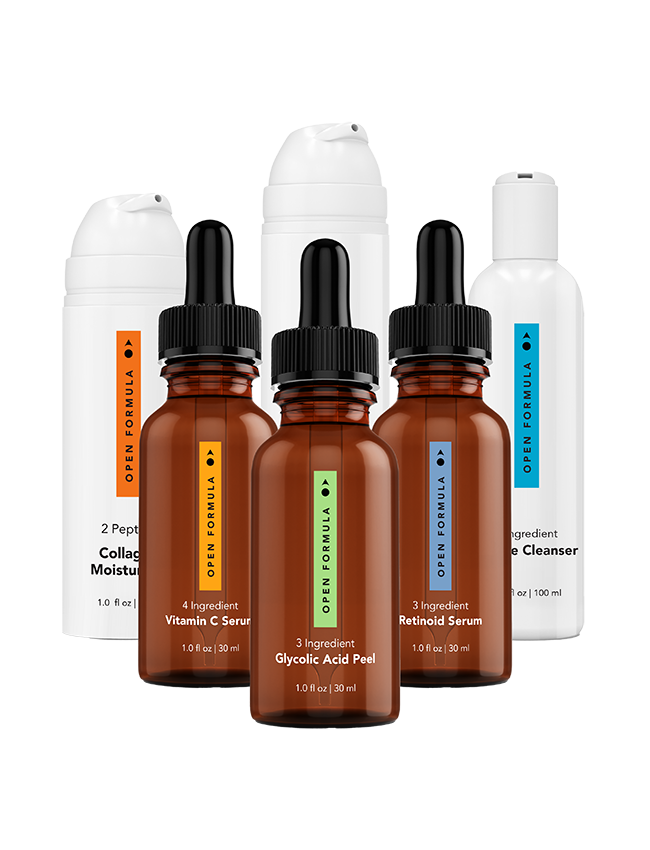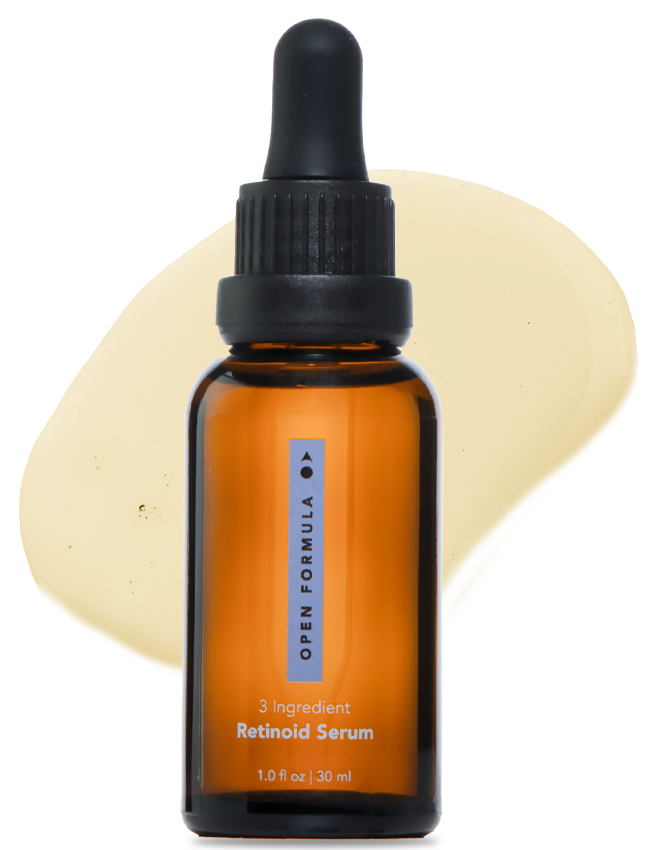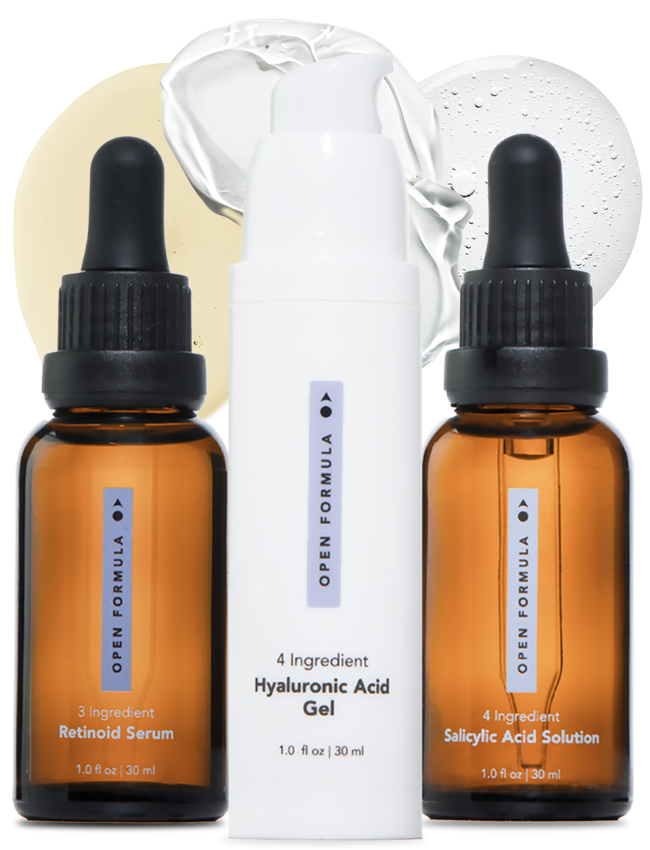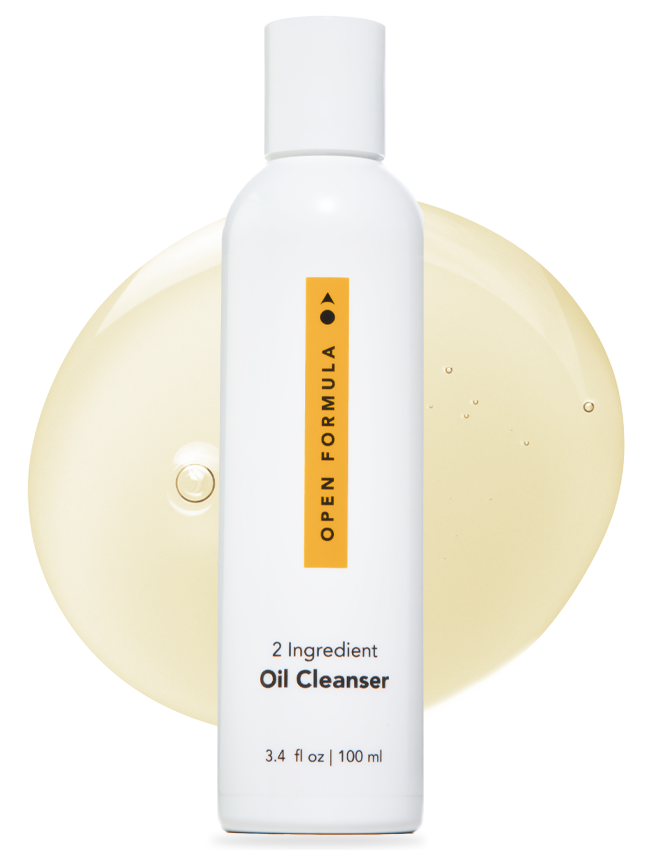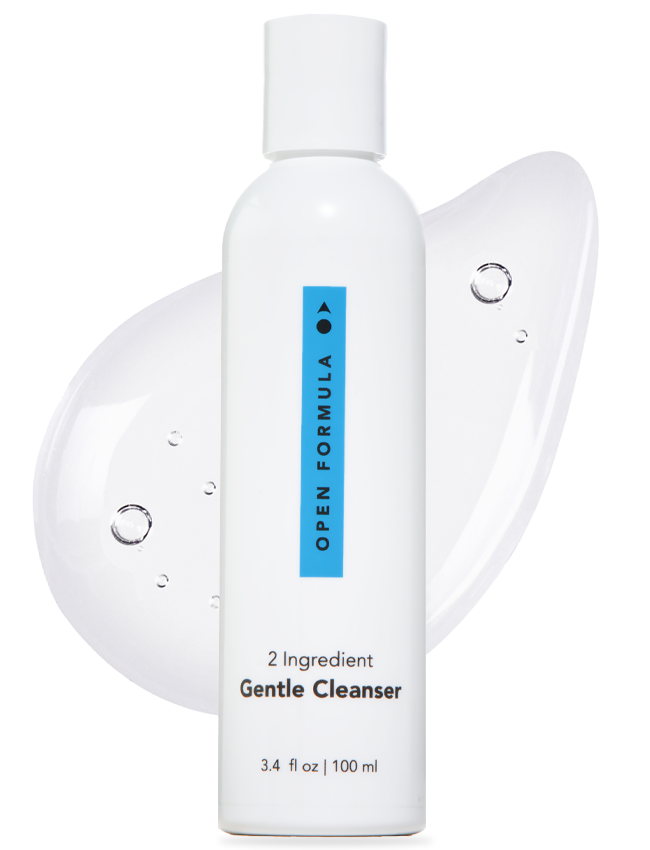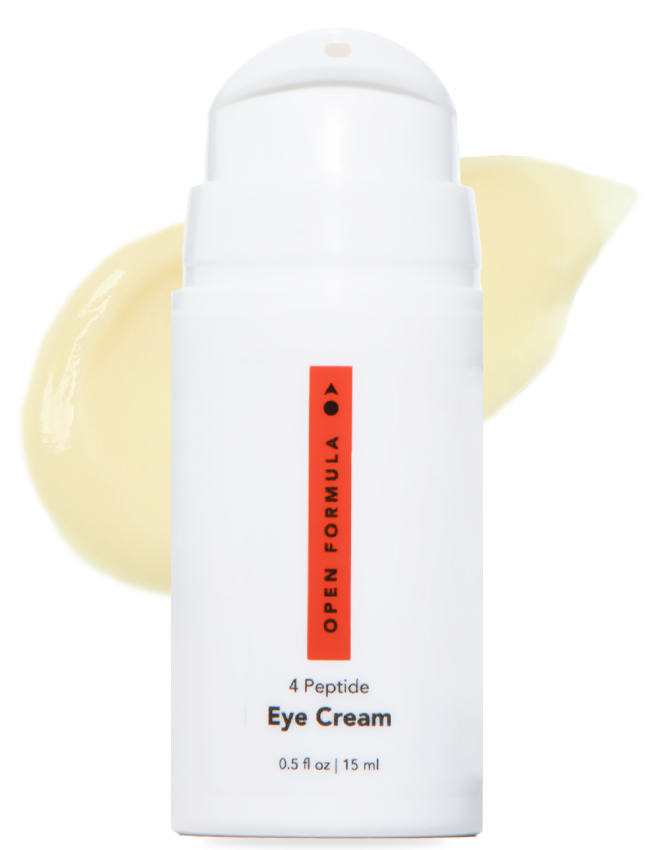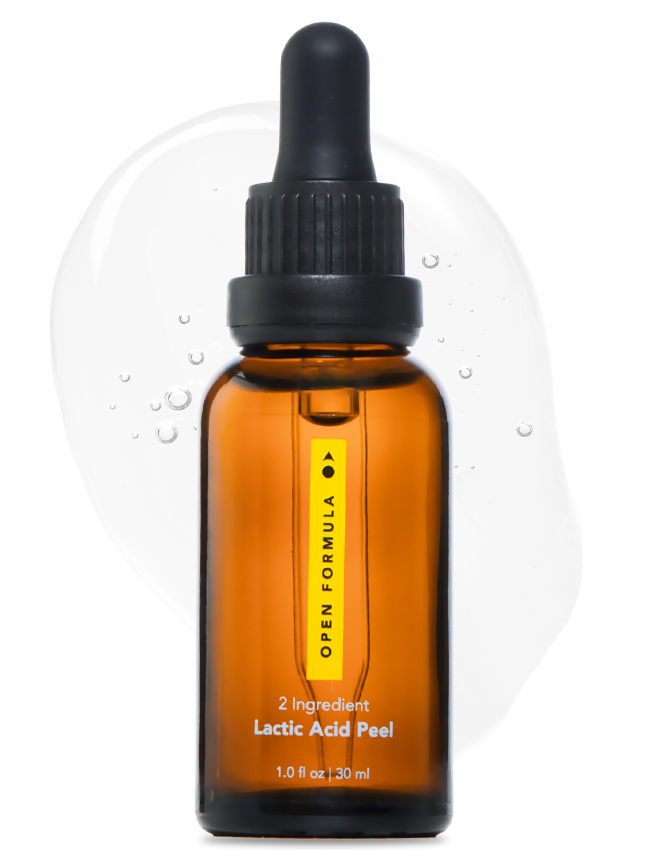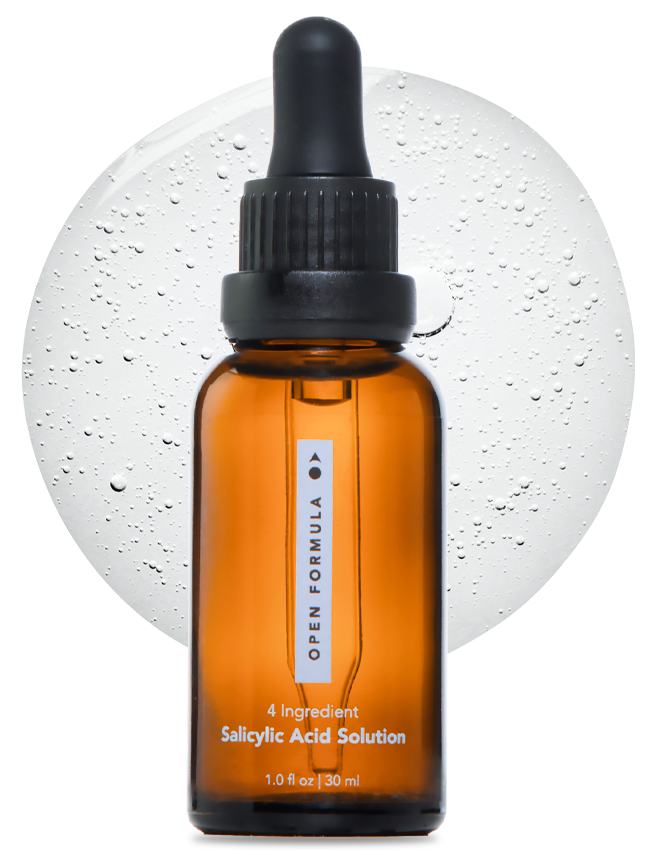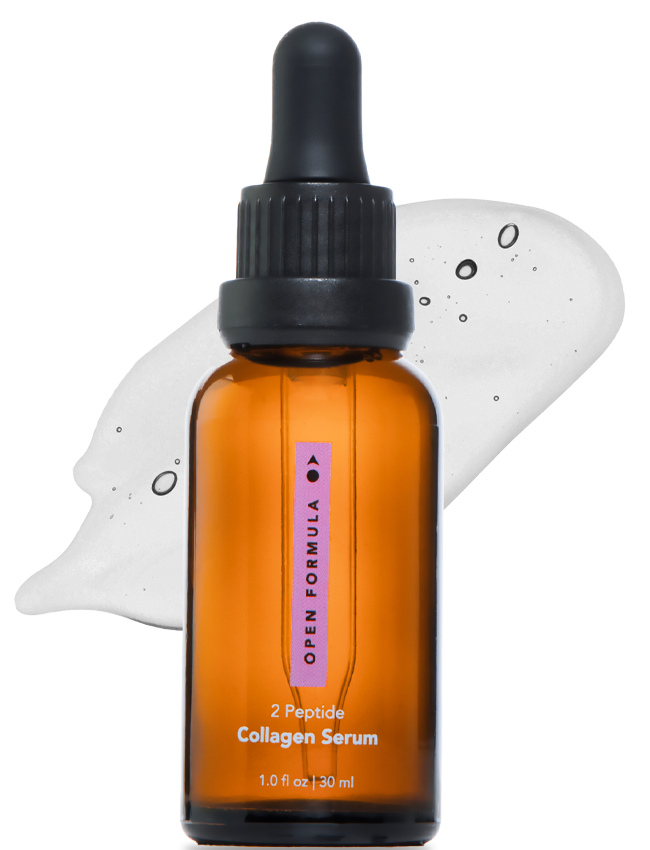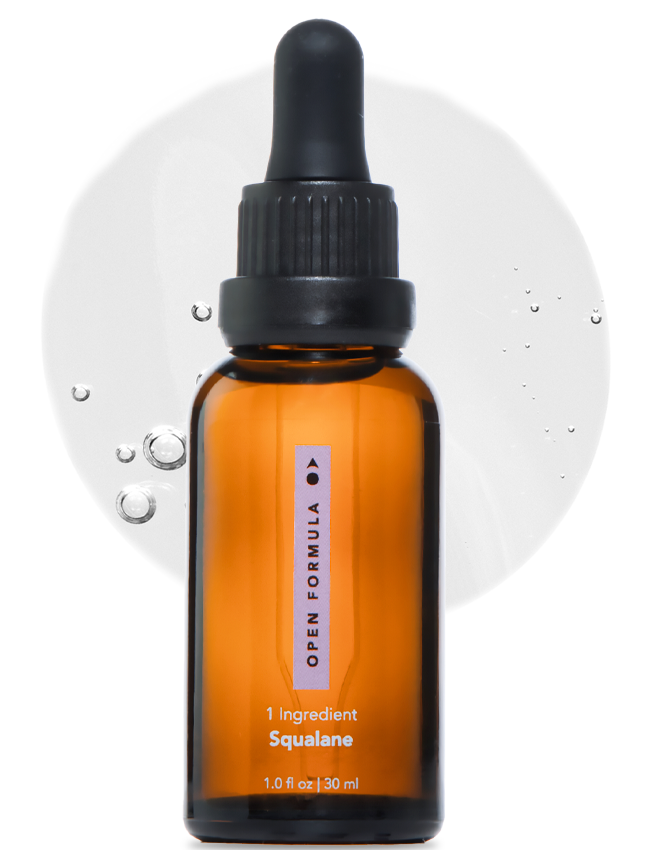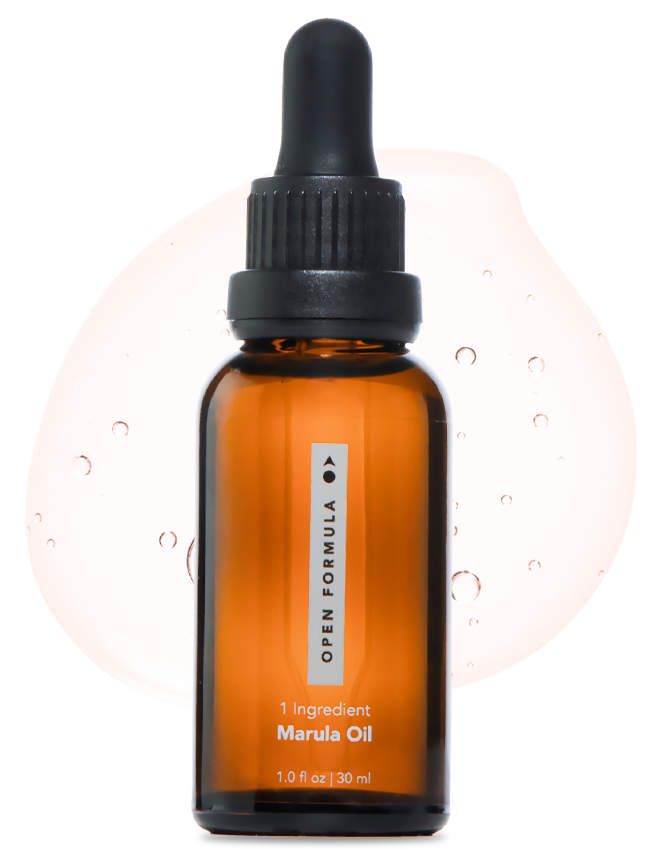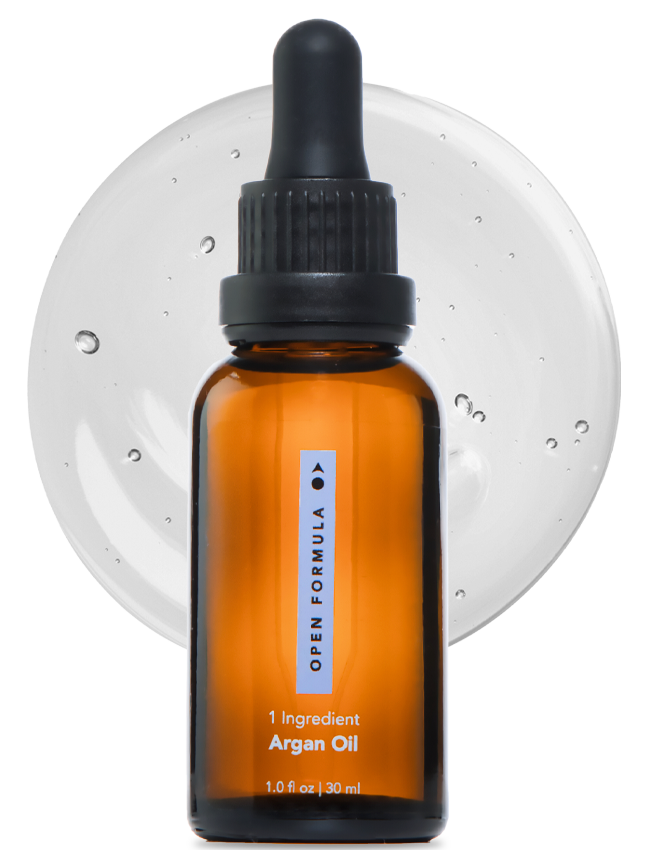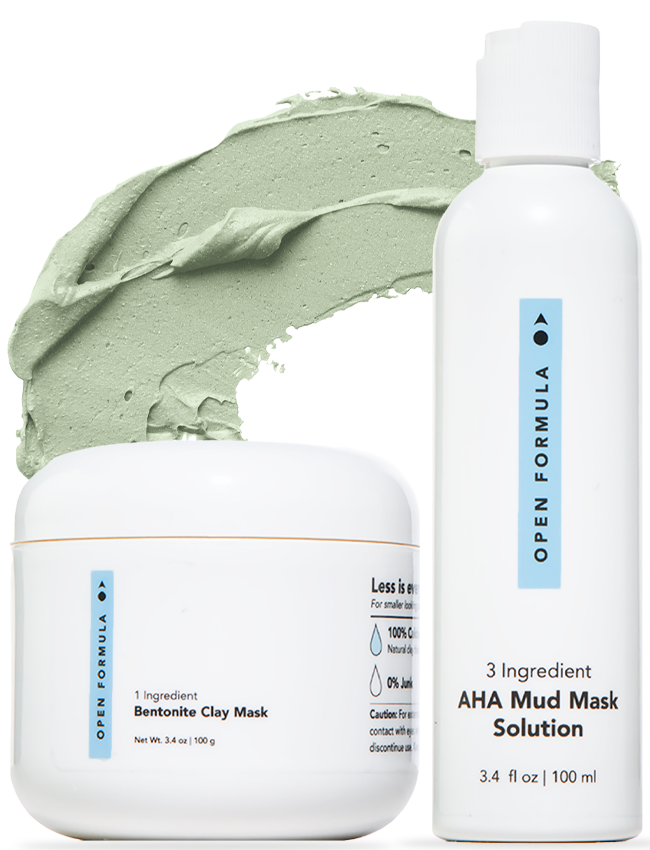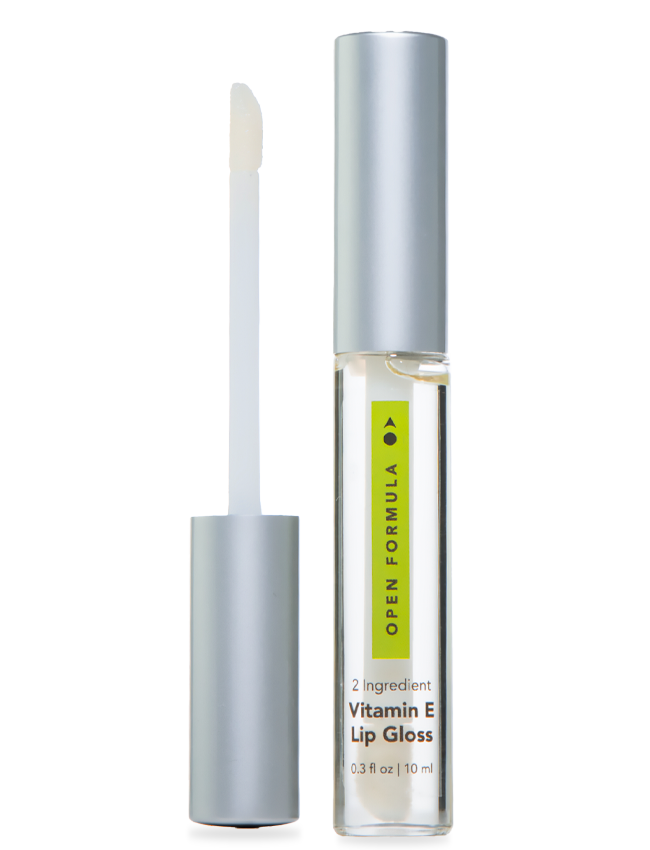The term “flaky” should be associated with a tasty pie crust, not skin. But dry, flaky, itchy and sometimes painful, skin patches happen. Here’s how to heal dry skin patches and understand the underlying causes.
According to one study, nearly 30% of the population has dry skin. And dry skin patches occur for a few different reasons including allergic reaction, psoriasis, eczema, dry air, dehydration and diet. This article tackles the causes of dry skin patches.
One of the most common ways to recognize you have dry skin is that feeling of dry tight skin, even after moisturizing. Dry skin patches can feel even drier and be itchy or flaky. If you have any of the following symptoms you have dry skin or dry skin patches:
Dry Skin And Dry Patch Symptoms
- Tightness even after moisturizing
- Scaling
- Itching
- Redness
- Cracked skin
- Sandpaper like roughness
- Ashy look (for those with a darker complexion)
Why Dry Skin Happens
Generally speaking, anything that causes the skin to lose water, and reduces the natural moisture barrier on the outer layer of skin, leads to dryness. Typically, you are born with a dry skin type. If not properly moisturized, dry skin will have the appearance of fine lines and wrinkles, which makes you look older than you are. And who wants that? Besides that, dry skin is prone to getting even drier patches. Other contributing factors to dry skin and dry skin patches include exposure to harsh chemicals, detergents, environmental conditions, hot water, and diet.
The Environment
Dry skin patches can be part of having dry skin––especially in the winter. Often, dry skin gets worse in the winter due to the drop in humidity below 40%, increase in indoor heating–– equalling dry air, and cool winds and temps from outside. This winter environment leads to patches of dry skin on the face and body.
Too Hot
One of the most popular ways to dry your skin out, even more, is by taking long hot showers or soaking in the tub. Long soaks and showers in hot water rob the skin of its natural oil (sebum), fats and proteins, making it drier. Anything that decreases the skin’s oils, increases its chance at becoming drier.
Deficient Diet
Our skin is largely made of fat. Skin has three layers. And the deepest layer is mostly made of connective tissue and fat. A diet lacking and deficient in healthy fats, makes it hard for the skin to nourish itself properly. Without those healthy fats and oils, skin becomes drier, which can lead to more dry patches.
What is Dehydrated Skin?
A skin condition exists called dehydrated skin. Dehydrated skin differs from dry skin, in that dry skin lacks oil while dehydrated skin lacks water. It can be dry and itchy and even dull looking. Your overall skin tone and complexion may also appear uneven. Does that sound a bit like dry skin too? Well here’s some information on the difference between dry and dehydrated skin.
Dry Skin vs Dehydrated Skin
-
Dry Skin
- It lacks oil. You have dry skin if you experience a feeling of skin tightness, especially after showering, bathing or swimming, or cleansing your face. This skin type also feels and looks rough.
- Dry skin is a “skin type”, just like oily or sensitive skin. Genetics influence it.
- If you have a dry skin type, this is how your skin is most of the time (its default state). A constant properly formulated skincare routine can restore its balance of moisture and oils.
-
Dehydrated Skin
- Dehydrated skin means your skin lacks water. It can happen to any skin type, including dry, sensitive, normal, and even oily or acne-prone.
- Dehydrated skin is a condition, meaning it is temporary and can be treated.
- Some signs of dehydrated skin include dull appearance, an increase in wrinkles and fine lines, which give the look of premature aging.
- The pinch test. A quick way to tell if your skin is dehydrated is by using the pinch test. Pinch a small area of skin on the back of your hand. If the skin instantly returns to its normal flat shape, the skin isn’t dehydrated. On the other hand, if the skin stays in a tented or pinched shape or slowly returns to its normal position, the skin is dehydrated.
- For dehydrated skin drinking water is a must because it’s adding water into complexion from the inside out.
How to Heal Dry Skin Patches
Most often to heal dry skin patches you only need to change your skincare routine, adjusting environmental factors, and changing your diet. Here are 6 simple steps you can use to help heal dry skin patches.
1- Be Gentle When Washing
- Use only your finger tips, avoid any harsh scrubbing of your skin when you wash your face.
- Don’t over exfoliate your skin, which leads to additional over drying and damage to the skin’s natural moisture barrier.
2- Use a Soothing Cleanser
- Avoid cleansers containing alcohol, retinoids, acids, like AHAs, strong detergents, and fragrance.
- Use a gentle oil based cleanser.
3 - Hydrate and Moisturize
- Look for products that hydrate the skin. Use hyaluronic acid, a humectant that draws moisture to the skin. Then seal in the hydration with a moisturizer or oil. Look for oils and ingredients like argan oil, marula oil, squalane oil, jojoba oil, and glycerin. Plus, always use a daily SPF to protect your skin from sun damage.
4 - Avoid Hot Showers and Over Drying
- Taking hot showers, baths, and cleansing your face with hot water drys the skin out even more. To be balanced, the skin needs a healthy moisture barrier. Removing too much natural oil, compromises this barrier, again which leads to over drying.
- Shower or bathe in cooler water and reduce the frequency and time.
5 - Use a Humidifier
- Living in a dry climate equals dry skin. Combat dry air by using a humidifier to increase water levels in the air. Try to have 40-50% humidity if possible.
6 - Diet
- Fats. As mentioned above the skin is made of fats. Ensuring you’re eating a diet rich in healthy fats will make great strides towards healing your skin. No, this is no excuse to binge on potato chips or fries. Wrong fats there! Processed foods like chips, fries, hamburgers, pizza, etc, contain saturated fats. These are bad fats and are to be limited, if not avoided.
Look for unsaturated fats, especially those that contain omega 3 and 6.
Try adding these foods to your diet:
- Fatty fish, like salmon, trout, mackerel, and sardines
- Avocados
- Chia Seeds
- Flax Seeds
- Whole Eggs
- Extra Virgin Olive Oil
- Nuts
- Hydrating foods. As you use food to heal your skin add fruits and veggies that are high in water content. This includes fruits like melons and citrus.
- Drink enough water daily. The current recommendation is to drink half your weight in ounces. For example if you weigh a 120lbs, then you should shoot for 60 ounces of water daily.
- One sure fire way to pack healthy nutrient dense foods into your day is by eating smoothies. Check our healthy, simple and tasty skin smoothie recipe here.
One final tip to heal dry skin patches. There is one thing that most of us forget, patience. Be patient with healing your skin. To get healthy, glowing skin, it takes time and consistency from the inside (foods and water) to the outside (a proper skincare routine). So, start making the changes your skin needs and keep at it!

